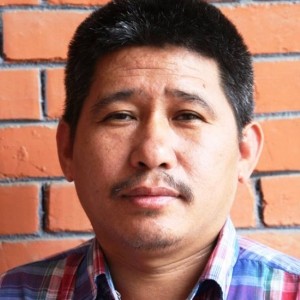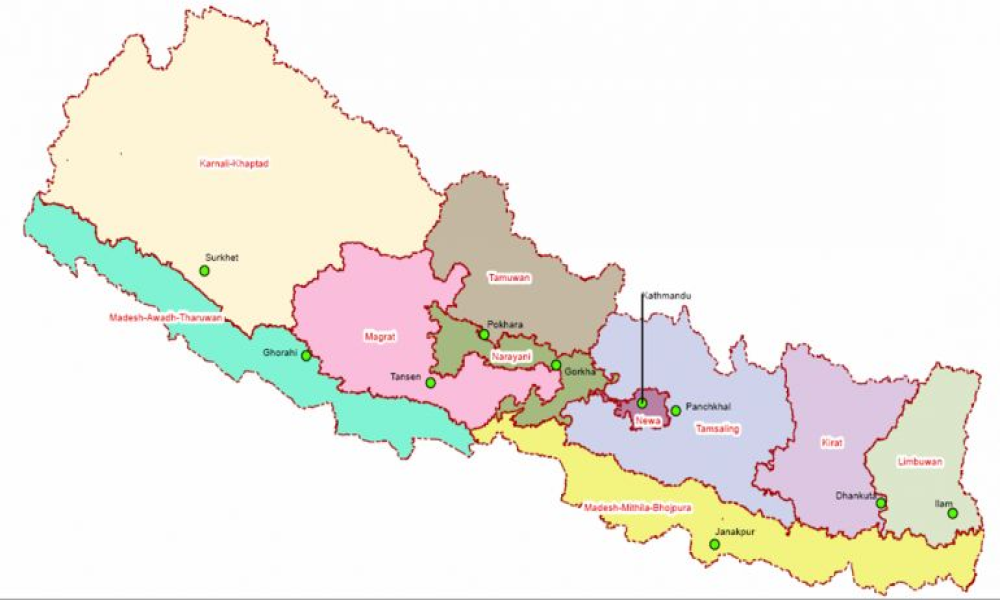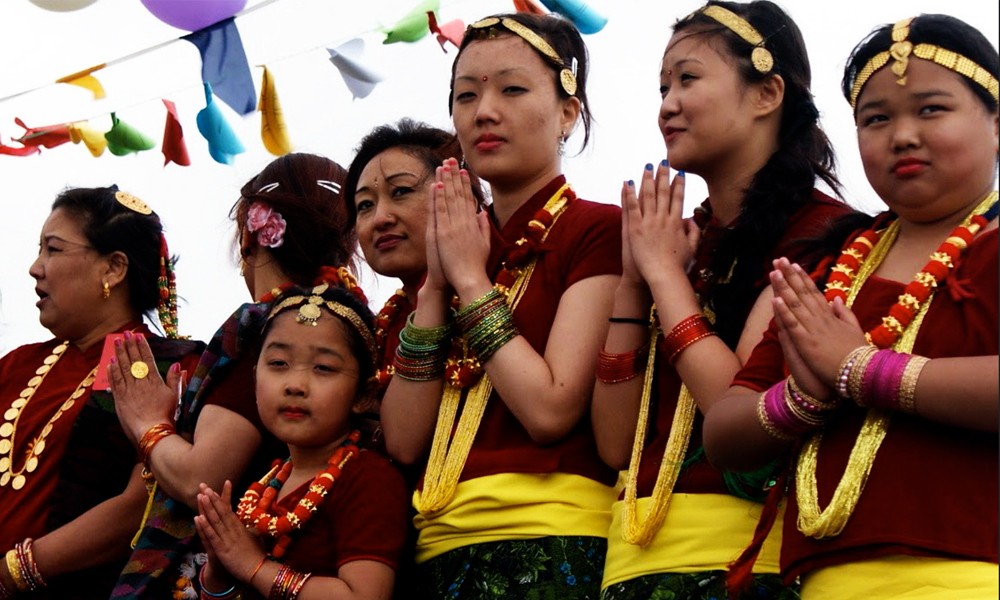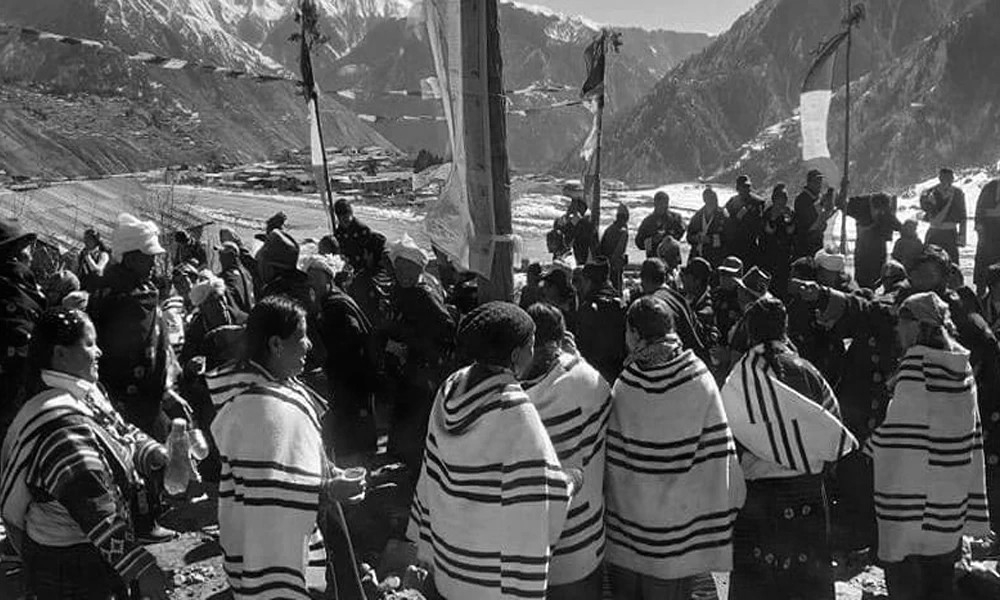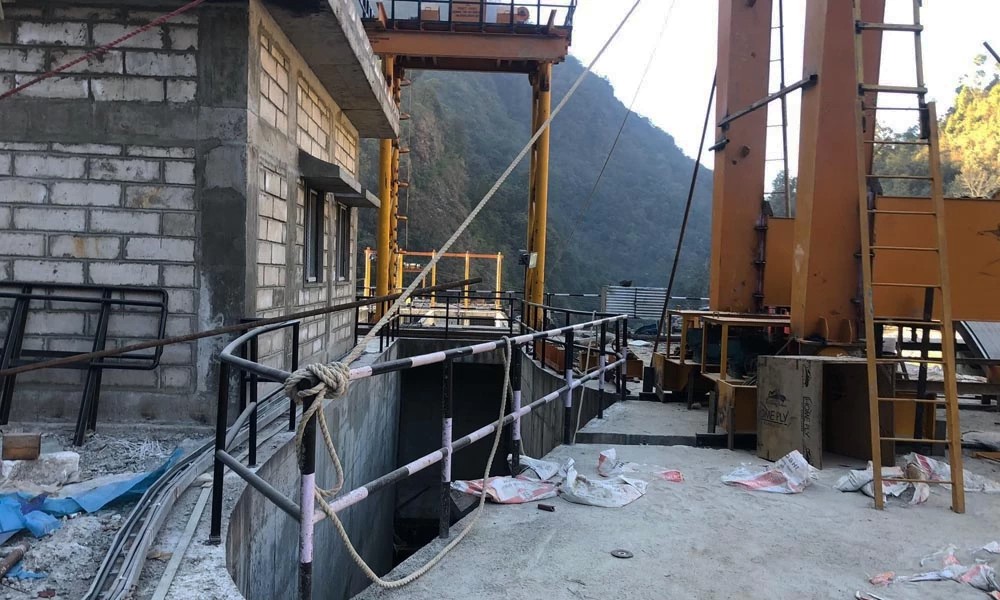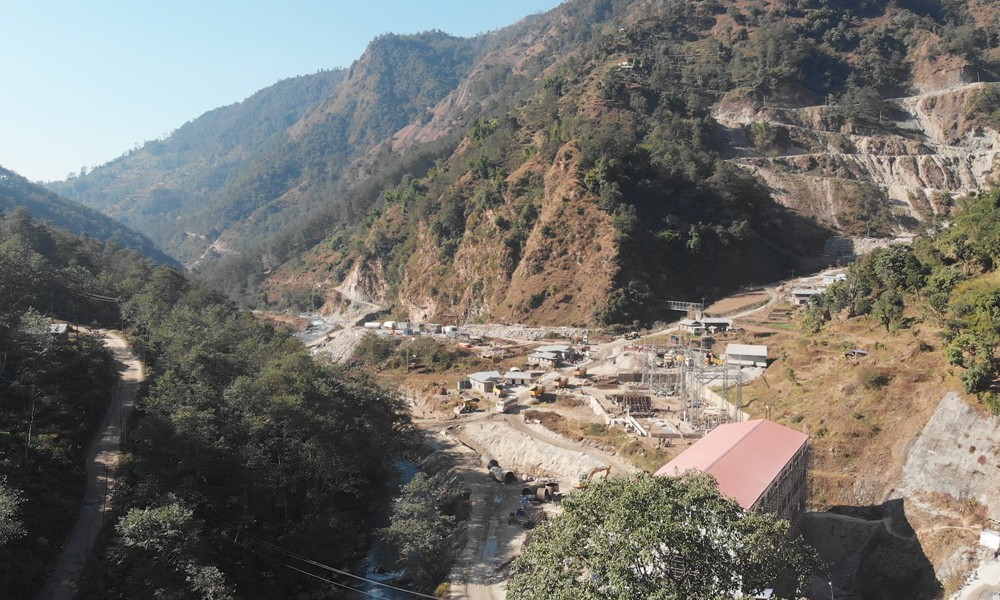Indigenous people's hopes for ethnic identity-based federalism in Nepal were dashed last year, when the Big Three parties used their numeric strength to push through a constitution that not only sparked violence in the Tarai but also polarized the society. The last rays of hope for Adivasi Janjati were special, autonomous and protected zones that the Constitution promised for minority and marginalised communities.
However, even whatever little the Constitution promised looks unlikely to be delivered. Worse, even the leaders of indigenous rights movement are conspicuously silent about this issue.
The crux of special, autonomous and protected zones is to give autonomy to small indigenous groups that cannot be awarded with their own identity-based federal provinces. It was an idea to respect and preserve Nepal's ethnic and cultural diversity.
The concept of special, autonomous and protected zones was discussed in the first Constituent Assembly, which expired without delivering a new constitution in 2012. The crux of this concept is to give autonomy to small indigenous groups that cannot be awarded with their own identity-based federal provinces. It was an idea to respect and preserve Nepal's ethnic and cultural diversity. For example, Thakalis and Chepangs are two small but culturally distinct ethnic groups. Their populations are small, and concentrated only in small areas. So it would not be practical to declare their areas as federal states, but they can be given local autonomous administrative units. Lomanthang in Upper Mustang could be a local autonomous region. So could be Olangchungola of Taplejung, Yangrup of Panchthar, Atharai of Terhathum, and many other places. Even in Kathmandu Valley, Bungamati could be developed as a local autonomous unit.
The conspiracy to betray Adivasi Janjatis by defining local councils as local autonomous regions could be counter-productive. It will not strengthen our social ties and harmony. We need to think about it before it is too late.
Any ethnic group that contributes less than one per cent of the total population but lives in a particular cultural zone can be given local autonomy. Sunuwar, Yakkha, Chhantyal, Byasi, Hyolmo, Bhujel, Kumal, Rajbanshi, Gangai, Dhimal, Darai, Rajpuriya and Pahari communities can feel ownership of the state if the concept of local autonomy is adopted. The article 56 (5) of the Constitution 2015 says: special, protected and autonomous regions can be developed for cultural preservation and economic development of ethnic minority groups. So there is enough constitutional grounds to carve out local autonomous, protected or special zones.
Nevertheless, against the spirit of the Constitution, the commission entrusted with the responsibility to determine number and size of local administrative units within federal Nepal is trying to develop local administrative units as local autonomous areas. If the Commission succeeds in doing what it wants to, then even those cultural areas where ethnic minority groups are concentrated will be merged within village and municipal councils. It will be yet another blow to Nepal's indigenous rights movement.
The conspiracy to betray Adivasi Janjatis by defining local councils as local autonomous regions could be counter-productive. It will not strengthen our social ties and harmony. We need to think about it before it is too late.


